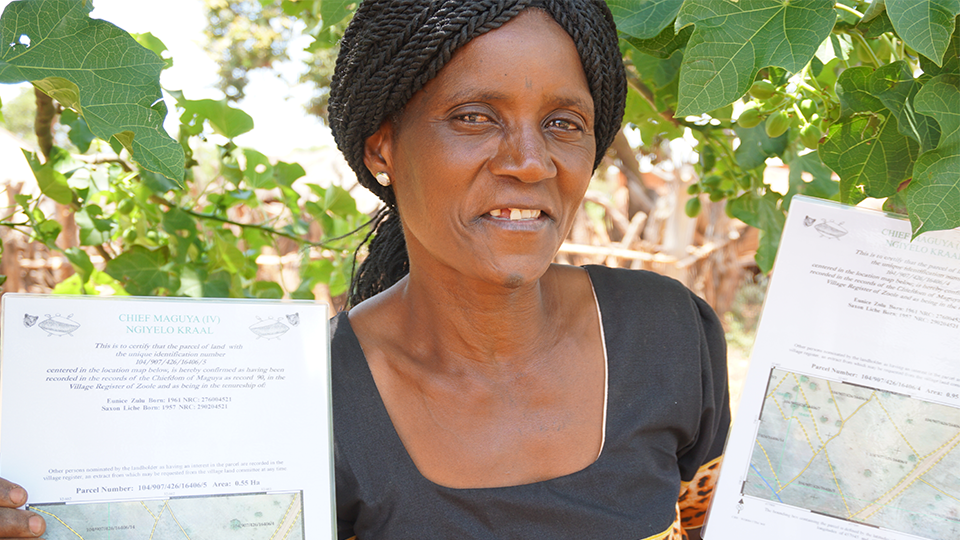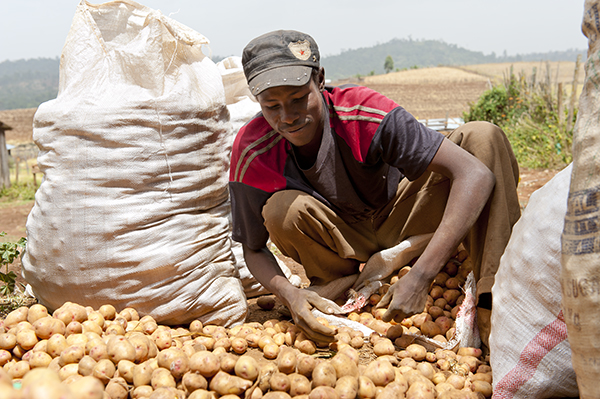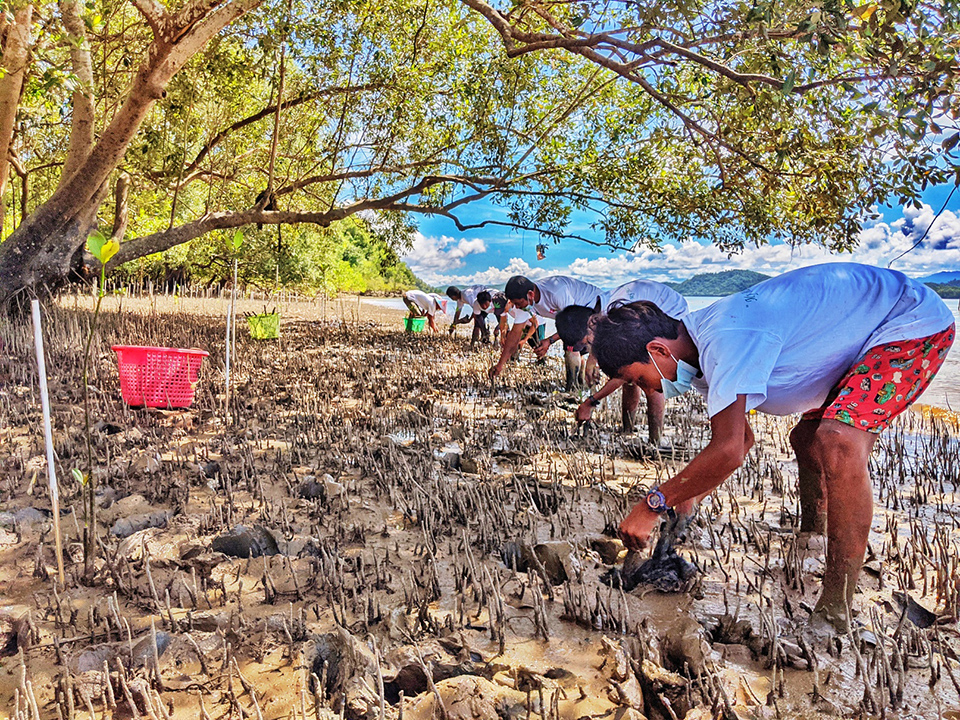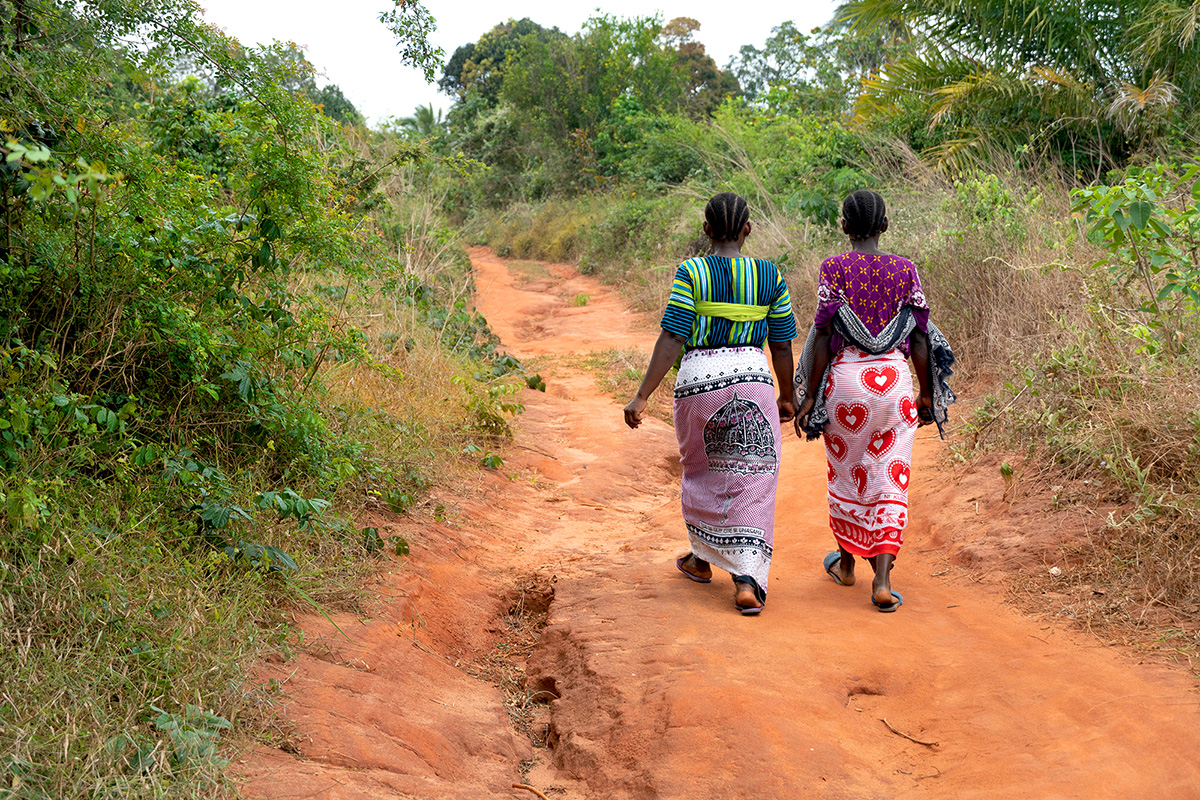
Gender Equality: Women, Land, and Data
Closing a data gap may seem technocratic and boring. But the social and economic empowerment prospects of more than one billion largely poor women who lack secure, legal land and property rights hinges on the success of these efforts.

Rituals of marriage create untold suffering for millions of widows in India
The ideal of a married woman decorated with sindoor, sakha, and bichiya is romanticized through legend and folklore; steeped in this culture, women themselves see value in these rituals. Millions of women in India do not even imagine that these discriminatory and patriarchal rituals are not supernaturally ordained and blind them to the reality that the revered status given to suhagins causes untold suffering to any woman (widow) who does not fit the ideal.

Could youth land rights hold the key to transforming agriculture and stimulating economic development in Africa?
From Liberia to Zimbabwe and Benin to Tanzania, advocates, legal experts and members of civil society are dismantling barriers that young women and men face in accessing land, helping to build a new generation of farmers across the continent. To learn more about this important work, join co-hosts Landesa and Yilaa Friday, Nov. 20, from 1-3pm West African Time (7 – 9 am EST) for an expert discussion.

Why Securing Youth Land Rights Matter for Agriculture-Led Growth in Africa
Access to land is both a critical component and a fundamental barrier to productive youth engagement in agriculture. If properly harnessed, Africa’s nearly 420 million youth—including more than 200 million who reside in rural areas—will be the continent’s greatest asset and its engine to grow agricultural productivity and food security while reducing poverty.

The name game: How women get erased in rural India
On International Day of Rural Women, Shipra Deo shares stories from her work in rural India about the power of names — how they contribute to a person’s identity, affect the right to vote, and even uphold patriarchy.
Archive
2024
2023
2022
2021
2020
2019
2018
2017
2016
2015
2014
2013
2012
2011
2010





